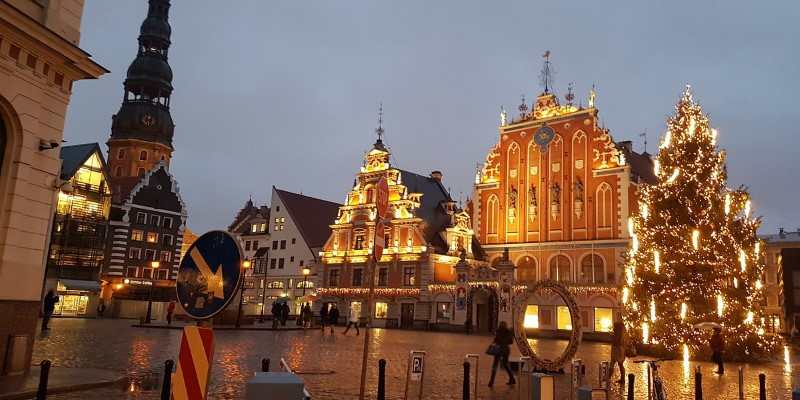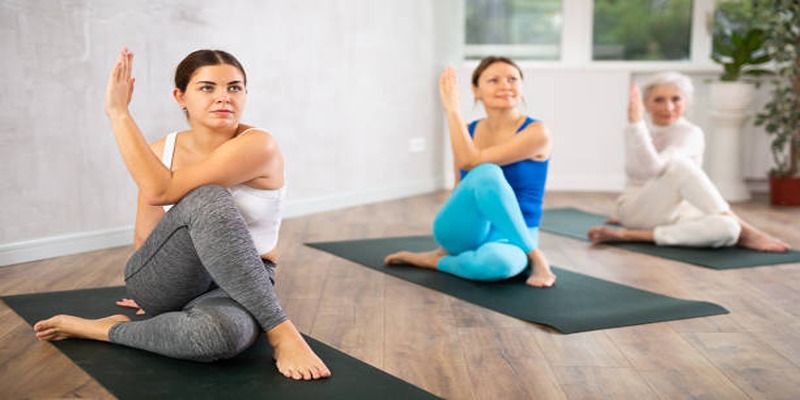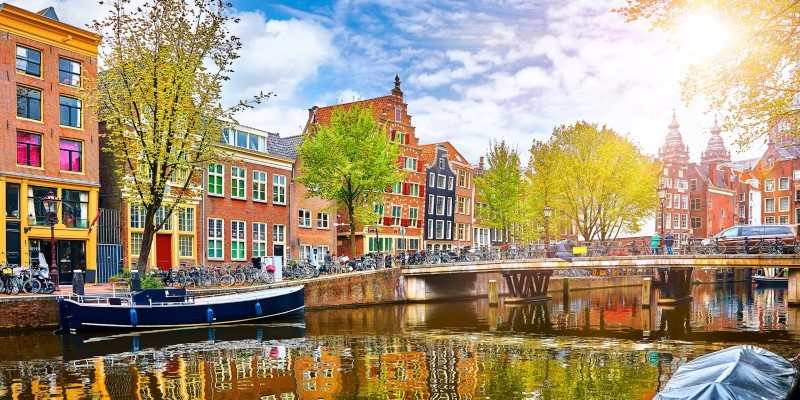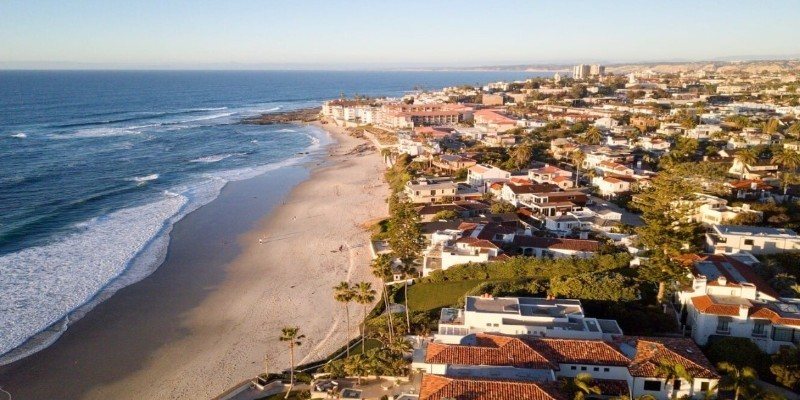Copenhagen is easy to explore once you understand how things work. The city blends convenience with quiet charm, so getting from one spot to another rarely feels like a task. Whether you’re staying in the heart of the city or heading out toward the waterfront or parks, there's a calm rhythm to how people move here. The options are plenty, but it’s not overwhelming—just thoughtfully laid out.
Walking Through the City
Start with your own two feet. Copenhagen is one of those places where walking just makes sense. The streets are clean, the traffic is calm, and the scale of the city fits walking perfectly. You can stroll from Nyhavn to the Latin Quarter or from Rosenborg Castle to Tivoli Gardens without needing a map every five minutes.
Sidewalks are wide, well-kept, and separated from bike lanes, which helps keep things stress-free. Even the signage is clear and direct, so you won’t feel like you're guessing your way through neighborhoods. If you're the kind who enjoys taking it slow, window-shopping as you go, or stepping into an old bakery for a kanelsnegl, walking gives you all the freedom you need.
It also helps that Copenhagen isn’t sprawling. You can walk across the central districts in less than an hour, and most tourist attractions fall within that walkable radius. And because the city is flat, you won’t find yourself gasping up hills or weaving through staircases just to reach the next street.
Biking: Copenhagen’s Favorite Habit
There’s no escaping bikes in this city. Locals ride them everywhere, and it shows. Dedicated lanes are almost as wide as the roads. There are bike traffic lights, bike bridges, and bike parking lots. But it’s not aggressive. It’s organized, quiet, and easy to follow once you get the hang of it.
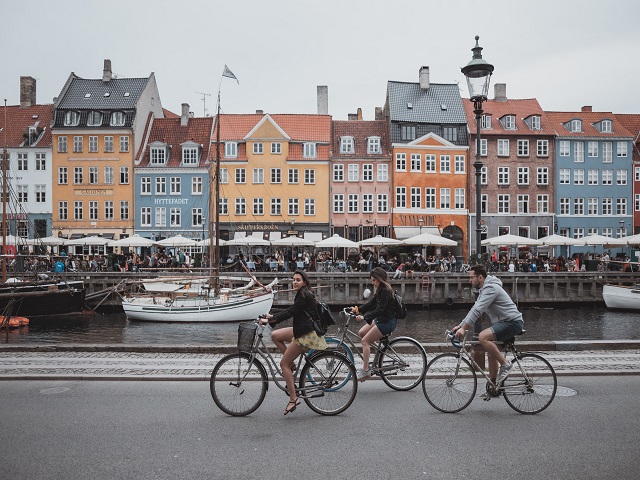
If you’ve never biked in a city before, Copenhagen is where you’ll feel confident doing it. Most rental shops offer city bikes with baskets and upright seats, perfect for cruising without needing to go fast. For short visits, Donkey Republic or Bycyklen (the white electric city bikes with a tablet on the handlebar) are easy to pick up through an app. Just unlock the bike, ride where you want, and park in any approved spot.
And while helmets aren't legally required, most Danes use them—especially during rush hours. Riding in Copenhagen doesn't feel rushed, though. The bike lanes have a natural flow. People signal with their hands, pass respectfully, and stop at red lights. Once you join that rhythm, it all feels easy.
Biking in Copenhagen is the best choice if you’re visiting during spring or summer. You can stop whenever you like, whether for coffee at a canal café or to snap a photo of the colorful houses in Christianshavn. And if the weather shifts, which it does without much warning, most bikes come with fenders, so you won’t walk into a museum with a wet stripe down your back.
Public Transport That Actually Works
If walking or biking doesn’t suit your plans—or the weather turns—you’ve got a smooth public transport system waiting for you. The metro is new, clean, and runs every few minutes, even late at night. Stations are simple to understand and don’t require you to squeeze through tight gates or figure out too many lines. There are just a few color-coded routes, and they all connect at key points like Kongens Nytorv or Nørreport.
Buses run through the city and beyond, but for short visits, you might not need them unless you're heading somewhere the metro doesn’t touch. They run on time, and digital screens at stops tell you how long you’ll wait. Some major stops even have heated shelters, a welcome thing during winter.
S-trains (marked with an “S”) are best if you plan to head a bit further out—like Dyrehaven or maybe the Louisiana Museum of Modern Art. They run through the city, too, but they're mostly used by locals heading between the suburbs and the center.
Tickets work across all forms of public transport. You can use the DOT app or a Rejsekort (a reloadable card), though for visitors, the City Pass is usually easier. You choose a time frame (24 hours, 72 hours, etc.) and just hop on anything—metro, bus, or train—within the zones it covers.
Boats and Ferries with a View
The water adds something special to how people move around here. Instead of squeezing more buses onto the road, the city added harbor buses—yes, boats that are part of the public transport system. These yellow ferries run up and down the harbor and are covered by the same ticket you’d use on the metro.
They stop at places like Nyhavn, the Opera House, and Islands Brygge, offering a way to sightsee while you’re actually going somewhere. It’s not just for tourists, either. Locals use them to get to work or school, and the pace is slower, which makes for a nice break from land travel.
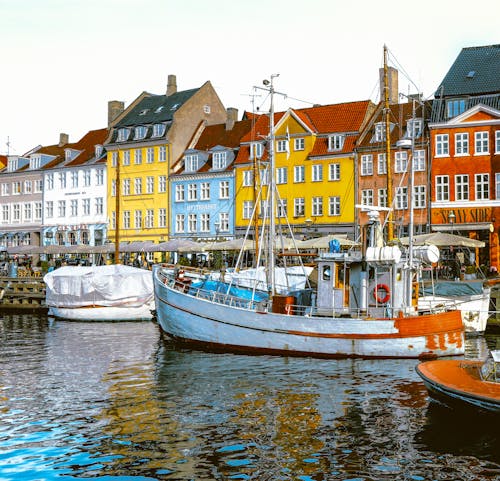
There are also electric boat rentals like GoBoat or FriendShips, where you can drive your own small boat around the canals without needing a license. These aren't for getting from point A to point B quickly but more for spending a calm afternoon on the water. You bring snacks, float past city buildings and green spaces, and take your time.
Ending Notes
Copenhagen makes it easy to move without needing a car. The choices are all laid out in a way that works for both locals and visitors. Each option—walking, biking, public transit, or boats—has a rhythm that fits with the city’s pace. And that’s probably what stands out the most here: the quiet balance between movement and calm. Whether you’re staying a weekend or a few weeks, getting around won’t be something you think about too much—it just works.

